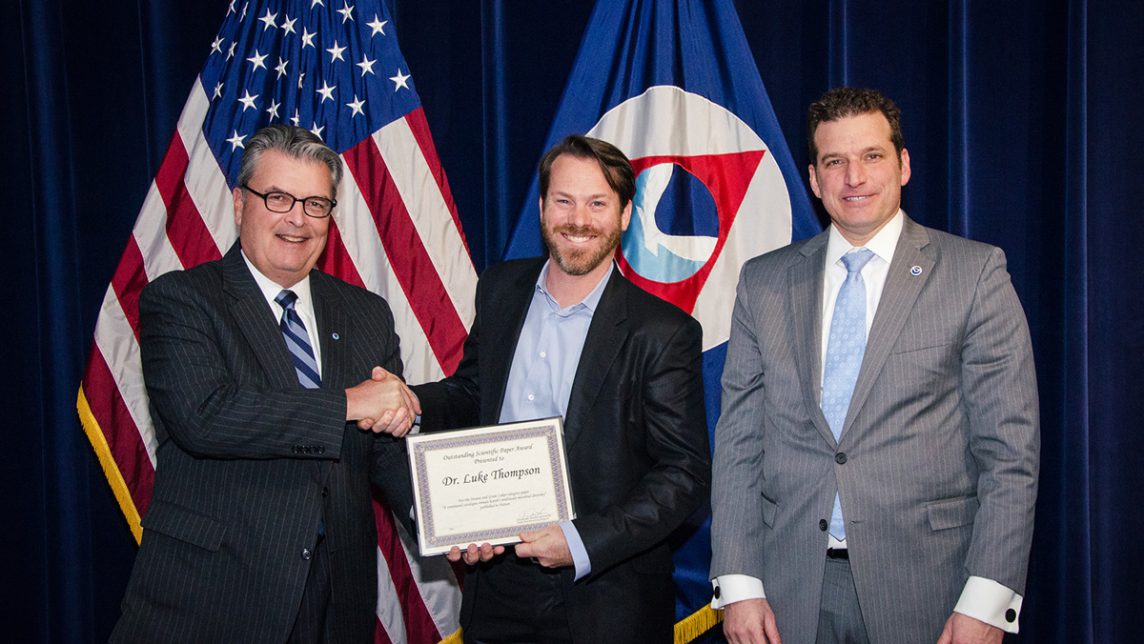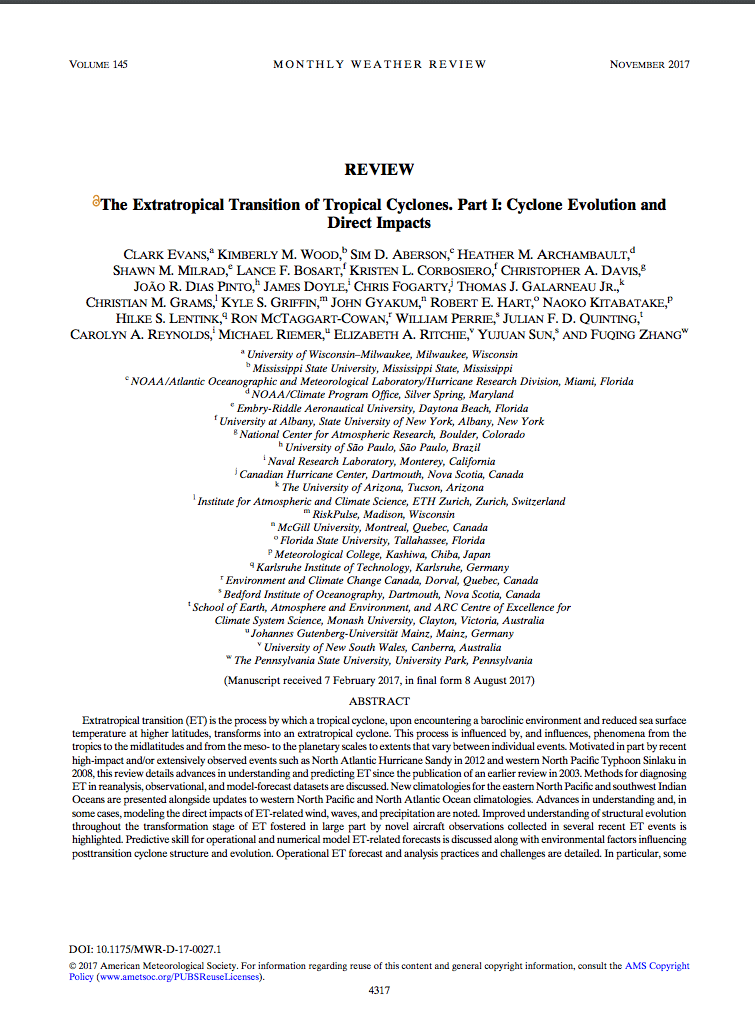Introduction: The northern Gulf of Mexico (GoM) is an ecologically and economically productive system that supports some of the largest volume and most valuable fisheries in the United States. The benefit of these fisheries to society and to the surrounding Gulf communities has varied historically, commensurate with the fish population sizes and the economic activities they are able to sustain. Following reauthorization of the Magnuson‐Stevens Fishery Conservation and Management Act (MSA) as amended by the Sustainable Fisheries Act in 1996, strict requirements were put into place for rebuilding overfished stocks, including several in the GoM. Now 2 decades later, we can assess the impacts of fisheries management, as guided by the MSA and implemented by the National Oceanic and Atmospheric Administration (NOAA) Fisheries Service, the Gulf of Mexico Fishery Management Council, the Gulf States Marine Fisheries Commission and other state and international agencies. The northern GoM has experienced increases in biomass levels for many stocks, concurrent with increased commercial landings and revenues, increased recreational fishing effort, and a steadily growing regional ocean economy over the past decade (Karnauskas et al. 2017). However, it is critical to interpret these trends in the context of other major drivers in the Gulf ecosystem, and to ensure that all resource users can reap the benefits of a well‐managed fisheries system for years to come.
Recent Posts by AOML Communications
Luke Thompson Receives Outstanding Scientific Paper Award
Dr. Luke Thompson, a Northern Gulf Institute professor with AOML’s Ocean Chemistry and Ecosystems Division, and AOML coauthor Kelly Goodwin are the recipients of an Outstanding Scientific Paper Award from NOAA’s Office of Oceanic and Atmospheric Research (OAR) for their landmark paper entitled A communal catalogue reveals Earth’s multiscale microbial diversity. The paper was selected by OAR as the top FY-2018 science article in the Oceans and Great Lakes category. Thompson et al. (2017)* presents an analysis of microbial samples collected by hundreds of researchers worldwide for the Earth Microbiome Project. The paper serves as both a reference database and a framework for incorporating data from future studies, advancing the characterization and understanding of Earth’s microbial diversity
Weather Program Leader Tapped to Head NOAA’s Atlantic Oceanographic and Meterological Laboratory
John Cortinas, Ph.D., director of NOAA’s Office of Weather and Air Quality, today was named the new director of NOAA’s Atlantic Oceanographic and Meteorological Laboratory in Miami. He will begin the new position on July 8.“John Cortinas brings proven vision and leadership experience in NOAA to the Atlantic Oceanographic and Meteorological Laboratory where he will lead the lab’s basic and applied research to improve the prediction of severe storms and deliver an enriched scientific understanding of our oceans for all of NOAA,” said Craig McLean, NOAA assistant administrator for NOAA Oceanic and Atmospheric Research.
Best of Miami: AOML’s Molly Baringer Stands Out as a Leader in Science
Authors: Heidi Van Buskirk
Date: 5/31/19
Each year Miami Today publishes The Best of Miami edition to highlight people and organizations from multiple fields that make a difference in the community. The special edition articles focus on the best in each respective field from arts and culture to health and medicine to international business and role models. In this year’s 37thedition, AOML’s own Molly Baringer takes the well-deserved spotlight. As the deputy director of NOAA’s AOML, she has worked hard to make critical observations in her field as well as support and lead her team. In the article Barringer expresses that, “As a leader of a science organization, you have to fall in love with everything that you do.” Molly Baringer’s passion, creativity, and leadership skills truly make her one of the best in Miami.
Using Autonomous Vehicles for Ecosystem Assessments
Scientists from NOAA and the Monterey Bay Research Institute (MBARI) are teaming up on June 3-4, 2019 to conduct a complex mission which will integrate acoustic measurements and autonomous sample collection for analysis of environmental DNA (eDNA). Through these efforts NOAA scientists hope to develop faster and cheaper ecosystem assessment methods, ensure sustainable fisheries and broaden our understanding of life in the oceans.
The Extratropical Transition of Tropical Cyclones. Part I: Cyclone Evolution and Direct Impacts
Extratropical transition (ET) is the process by which a tropical cyclone, upon encountering a baroclinic environment and reduced sea surface temperature at higher latitudes, transforms into an extratropical cyclone. This process is influenced by, and influences, phenomena from the tropics to the midlatitudes and from the meso- to the planetary scales to extents that vary between individual events. Motivated in part by recent high-impact and/or extensively observed events such as North Atlantic Hurricane Sandy in 2012 and western North Pacific Typhoon Sinlaku in 2008, this review details advances in understanding and predicting ET since the publication of an earlier review in 2003. Methods for diagnosing ET in reanalysis, observational, and model-forecast datasets are discussed. New climatologies for the eastern North Pacific and southwest Indian Oceans are presented alongside updates to western North Pacific and North Atlantic Ocean climatologies. Advances in understanding and, in some cases, modeling the direct impacts of ET-related wind, waves, and precipitation are noted. Improved understanding of structural evolution throughout the transformation stage of ET fostered in large part by novel aircraft observations collected in several recent ET events is highlighted. Predictive skill for operational and numerical model ET-related forecasts is discussed along with environmental factors influencing posttransition cyclone structure and evolution. Operational ET forecast and analysis practices and challenges are detailed. In particular, some challenges of effective hazard communication for the evolving threats posed by a tropical cyclone during and after transition are introduced. This review concludes with recommendations for future work to further improve understanding, forecasts, and hazard communication.
New NOAA, Partner Buoy in American Samoa Opens Window into a Changing Ocean
NOAA and partners have launched a new buoy in Fagatele Bay within NOAA’s National Marine Sanctuary of American Samoa to measure the amount of carbon dioxide in the waters around a vibrant tropical coral reef ecosystem. “This new monitoring effort in a remote area of the Pacific Ocean will not only advance our understanding of changing ocean chemistry in this valuable and vibrant coral ecosystem but will also help us communicate these changes to diverse stakeholders in the Pacific Islands and across the United States,” said Derek Manzello, coral ecologist with NOAA’s Atlantic Oceanographic and Meteorological Laboratory.
AOML Temperature Sensor to be Deployed at Reef Sites Worldwide
Researchers with AOML’s Ocean Chemistry and Ecosystems Division have entered into a collaborative agreement with Reef Check Foundation to deploy an AOML-designed temperature sensor at coral reef sites around the world. Measuring only six inches in height, the inexpensive, highly-accurate sensors will greatly enhance efforts to more precisely monitor small-scale temperature fluctuations that occur at reefs over time and at various depths.
Scientists Use 3D Printing Technology to Study Water Chemistry at Coral Reefs
AOML researchers have taken an innovative approach to studying the changing carbonate chemistry of seawater at shallow coral reef sites. Using 3D printing technology made possible by the new Advanced Manufacturing and Design Lab at AOML, researchers with the Acidification, Climate, and Coral Reef Ecosystems Team, or ACCRETE, have created a water sampler in-house.
Mechanisms of Eddy-Driven Variability of the Florida Current
Abstract: In this study, mechanisms causing year-to-year changes in the Florida Current seasonality are investigated using controlled realistic numerical experiments designed to isolate the western boundary responses to westward propagating open ocean signals. The experiments reveal two distinct processes by which westward propagating signals can modulate the phase of the Florida Current variability, which we refer to as the “direct” and “indirect” response mechanisms. The direct response mechanism involves a two-stage response to open ocean anticyclonic eddies characterized by the direct influence of Rossby-wave barotropic anomalies, and baroclinic wall-jets that propagate through Northwest Providence Channel. In the indirect response mechanism, open ocean signals act as small perturbations to the stochastic Gulf Stream variability downstream, which are then transmitted upstream to the Florida Straits through baroclinic coastally trapped signals that can rapidly travel along the U.S. East Coast. Experiments indicate that westward propagating eddies play a key role in modulating the phase of the Florida Current variability, but not the amplitude, which is determined by its intrinsic variability in our simulations. Results from this study further suggest that the Antilles Current may act as a semi-permeable barrier to incoming signals, favoring the interaction through the indirect response mechanism. The mechanisms reported here can be potentially linked to year-to-year changes in the seasonality of the Atlantic Meridional Overturning Circulation, and may also be present in other western boundary current systems.









